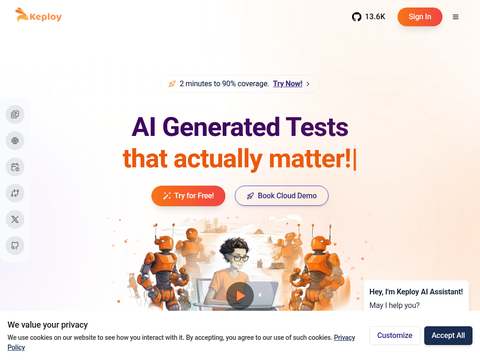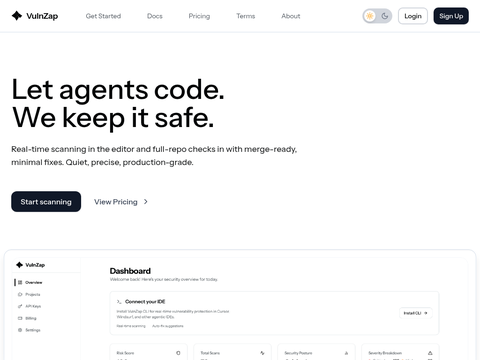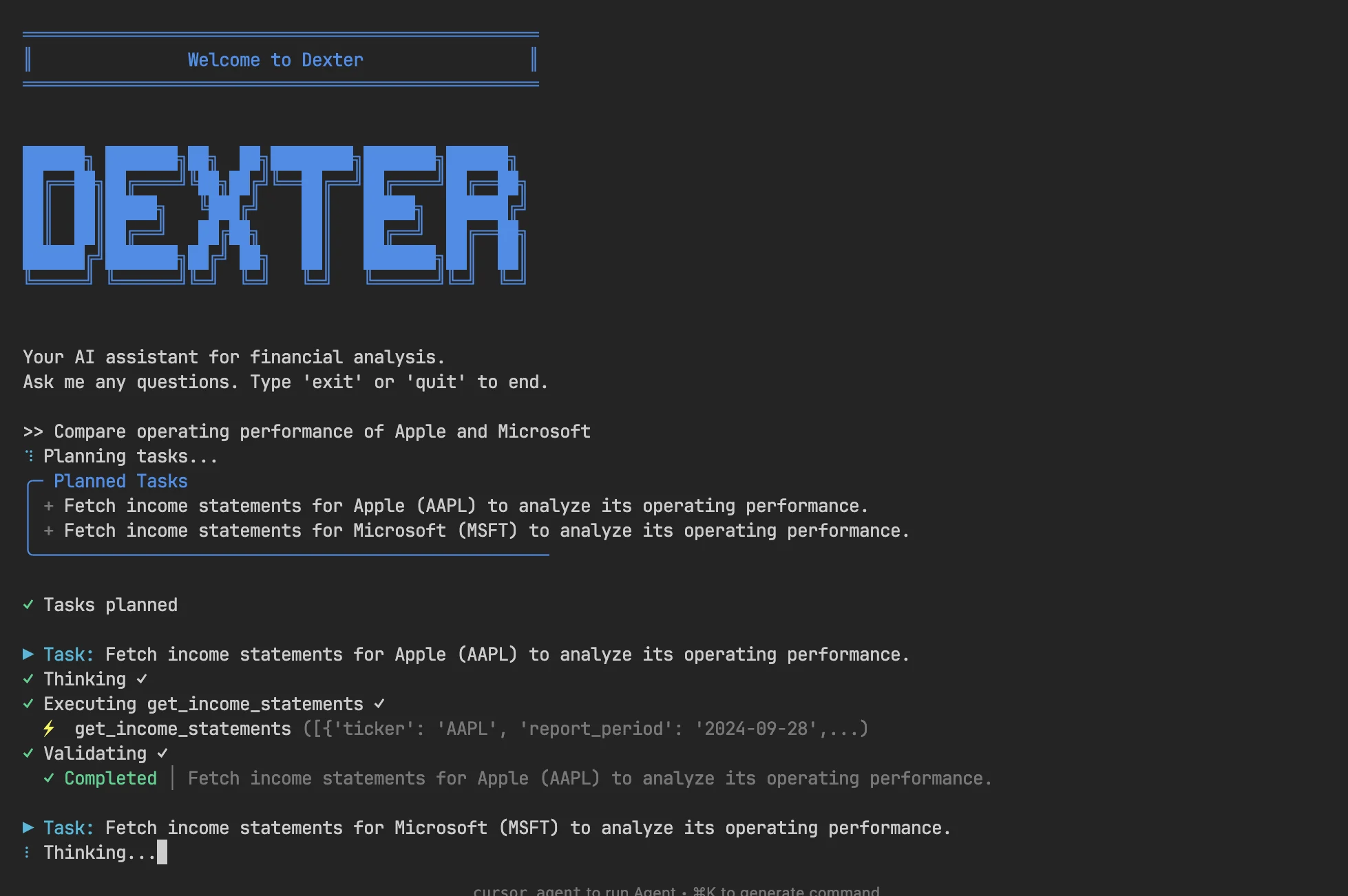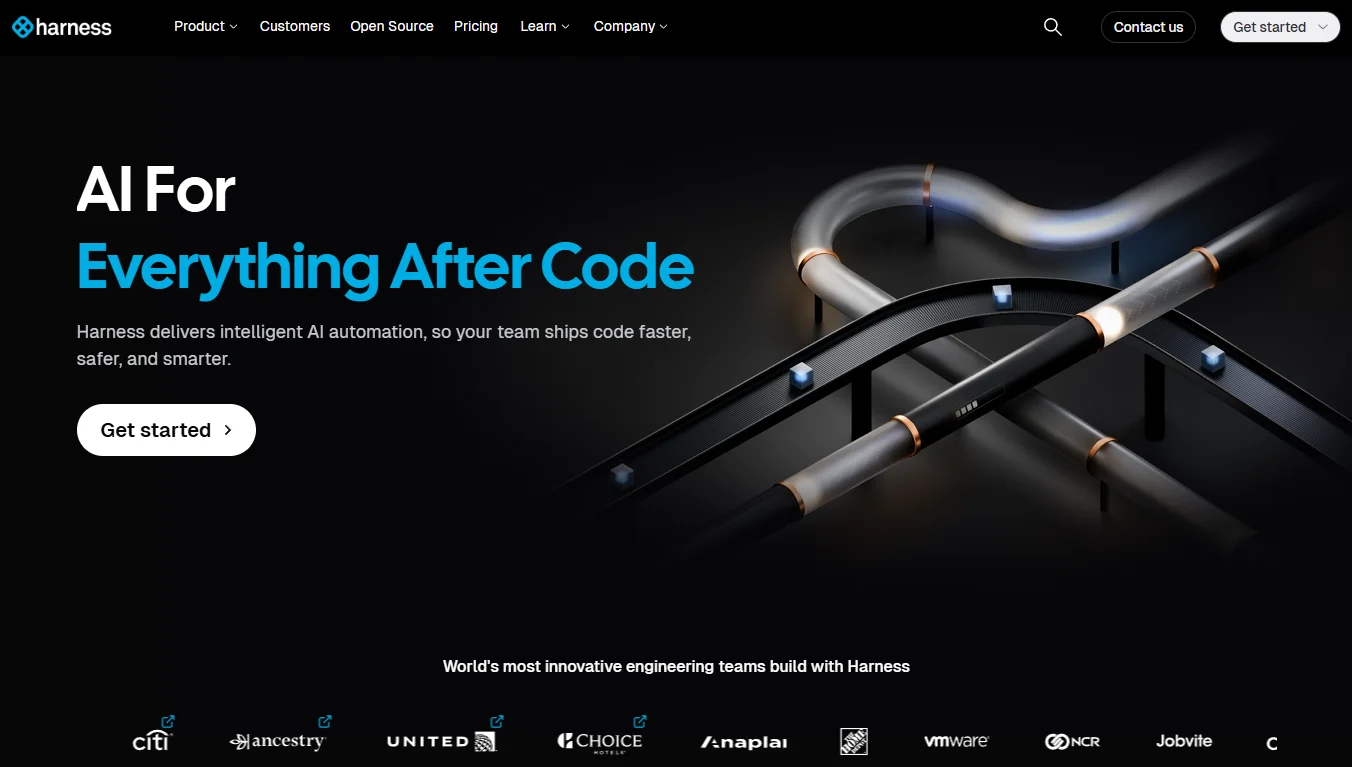Amazon recently achieved a significant development milestone in its warehouse operations. The tech giant now operates over one million robots across its global fulfillment centers, marking a major leap in automation technology deployment since its initial robotics integration in 2012.
The millionth robot was recently delivered to an Amazon fulfillment center in Japan. This achievement positions Amazon to reach another key threshold: according to Wall Street Journal reports, the company's warehouse network may soon operate with equal numbers of robots and human workers. The publication also noted that 75% of Amazon's global deliveries currently involve some level of robotic assistance.
In a strategic advancement, Amazon announced DeepFleet - a new generative AI model designed specifically for warehouse automation. This AI system improves route coordination efficiency by 10% through optimized warehouse robot navigation. Built using Amazon SageMaker - AWS's machine learning platform - DeepFleet was trained on the company's extensive warehouse operations data.
The company has significantly enhanced its robotic capabilities in recent years, introducing new models like Vulcan with dual-armed functionality. These advanced robots feature tactile sensors for object detection and manipulation, with one arm designed for inventory reorganization and the other equipped with cameras and suction cups for item retrieval.
Amazon revealed plans for its "next-generation fulfillment centers" in October 2024, which will deploy ten times more robots than current facilities while maintaining human workforce integration. The first such center is scheduled to open in Shreveport, Louisiana, near the Texas border. This expansion follows Amazon's 2012 acquisition of Kiva Systems that initiated its robotics transformation journey.








